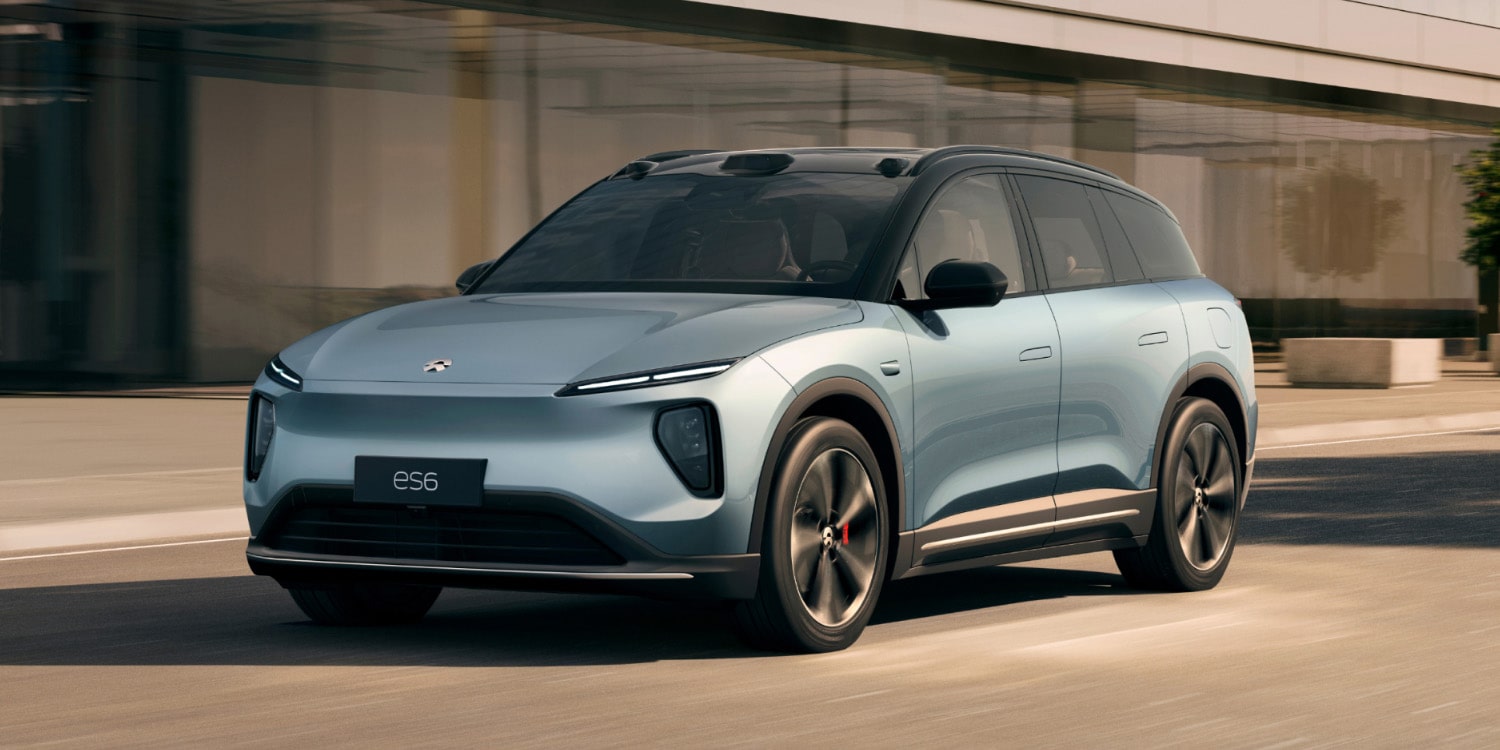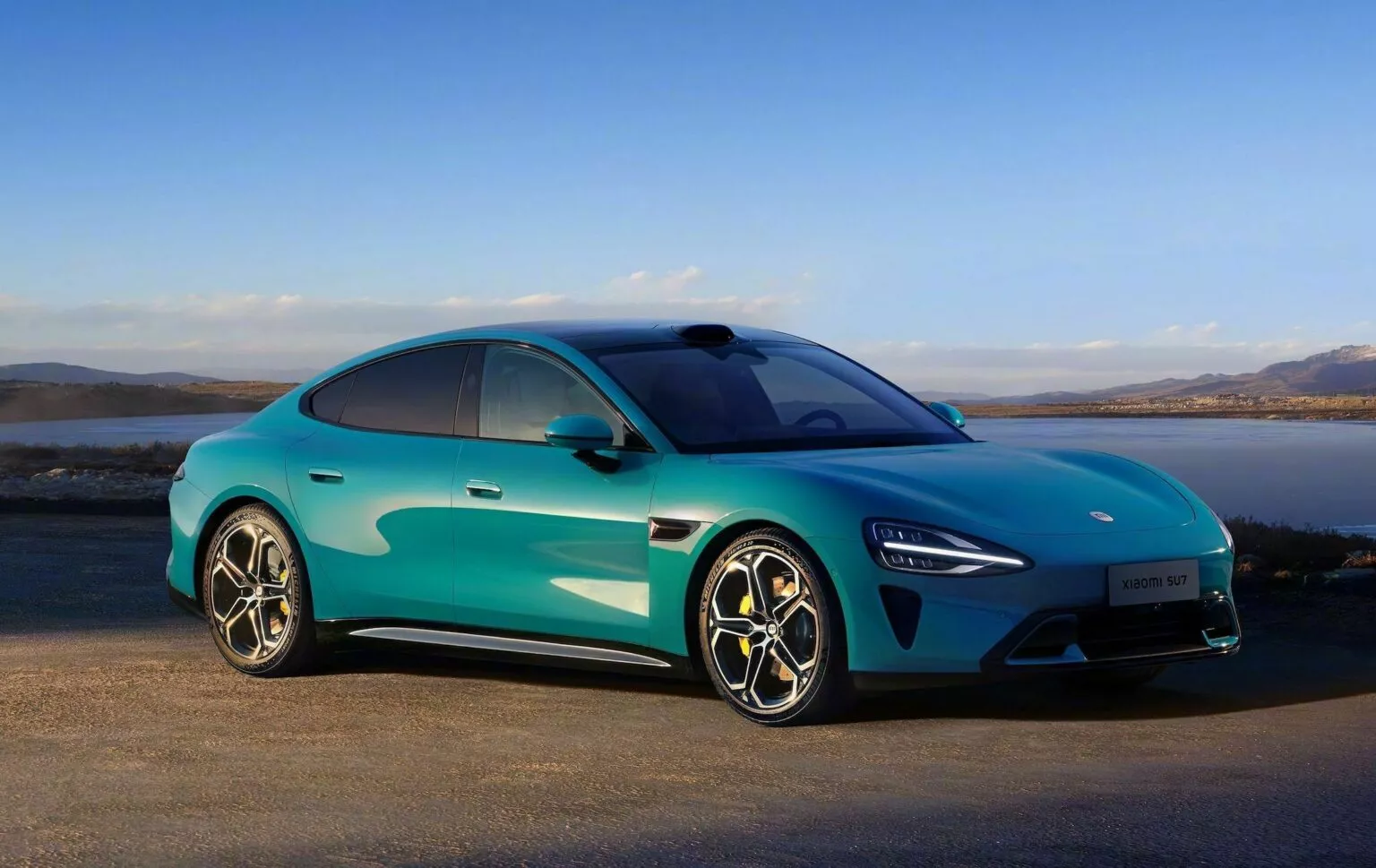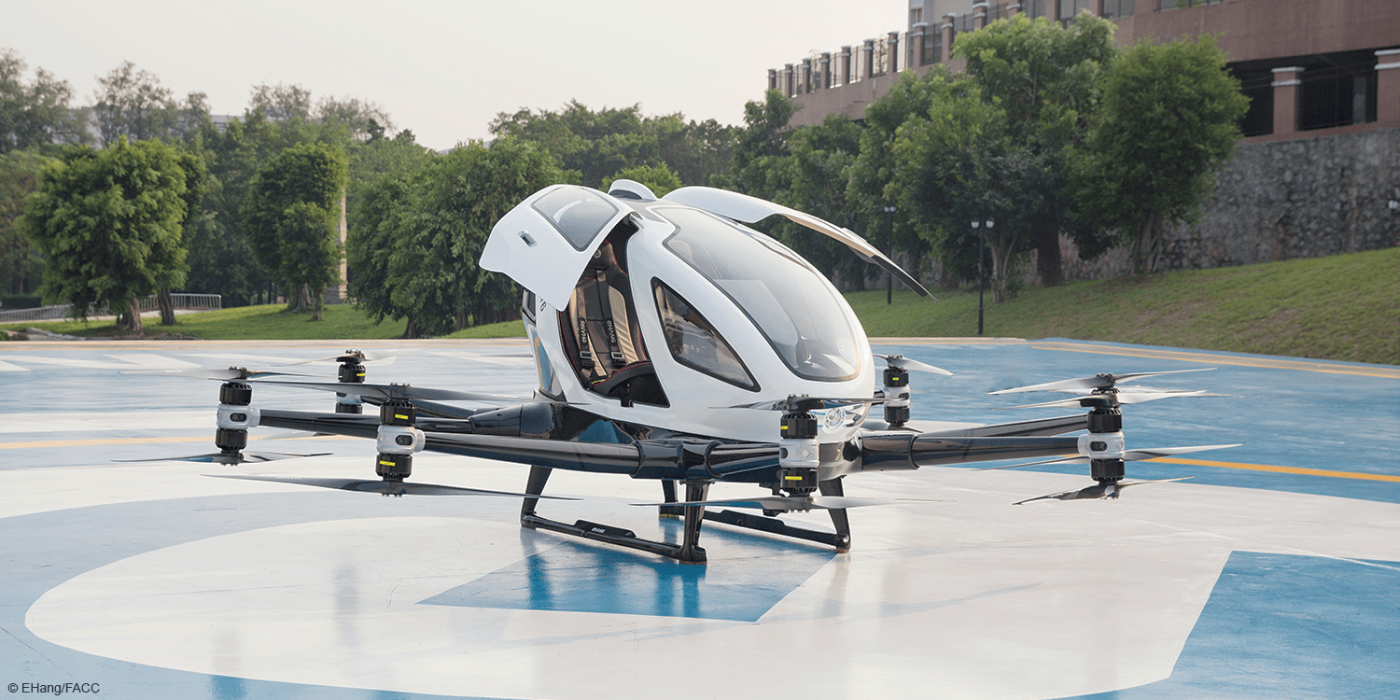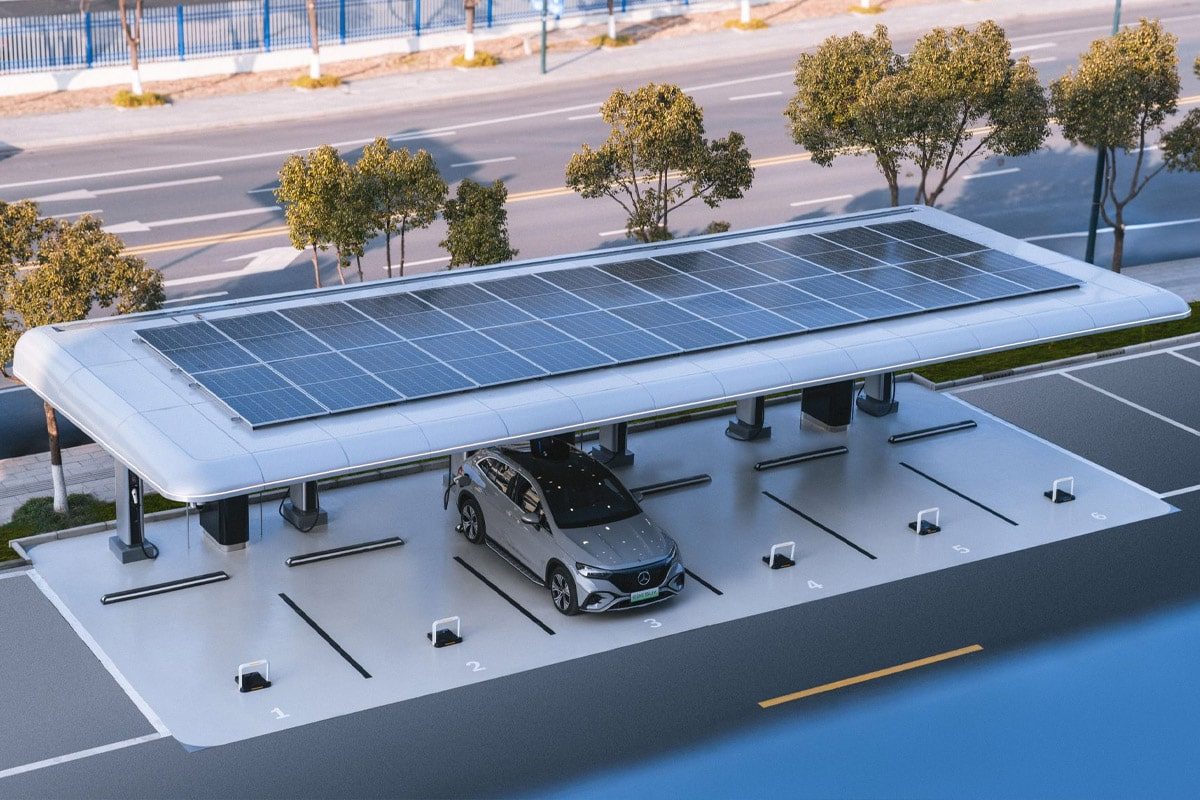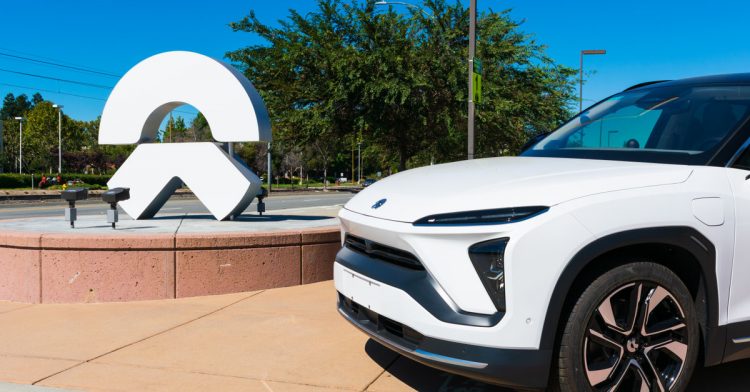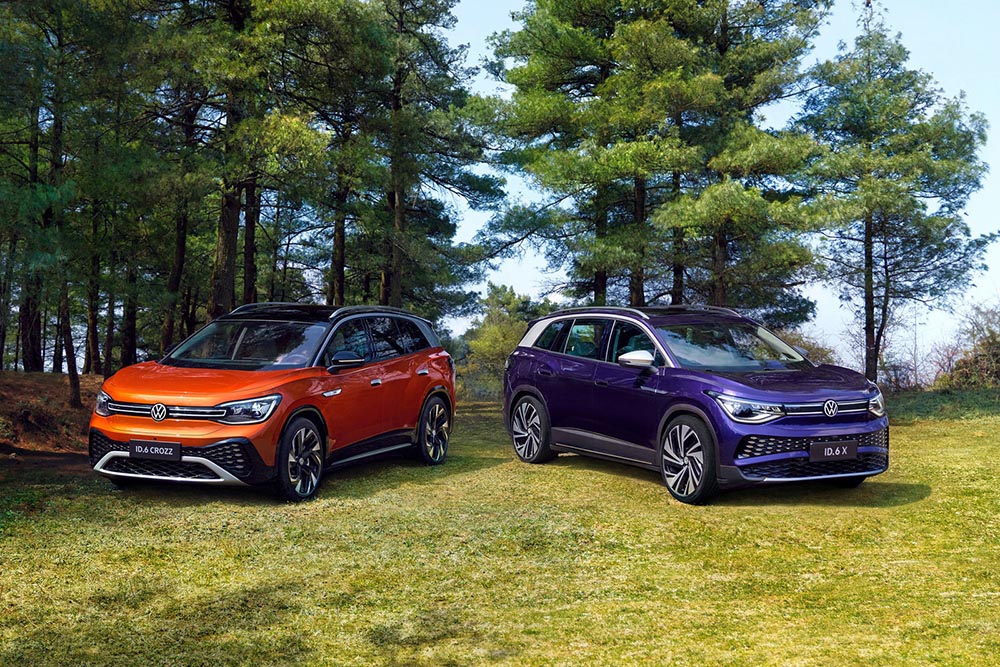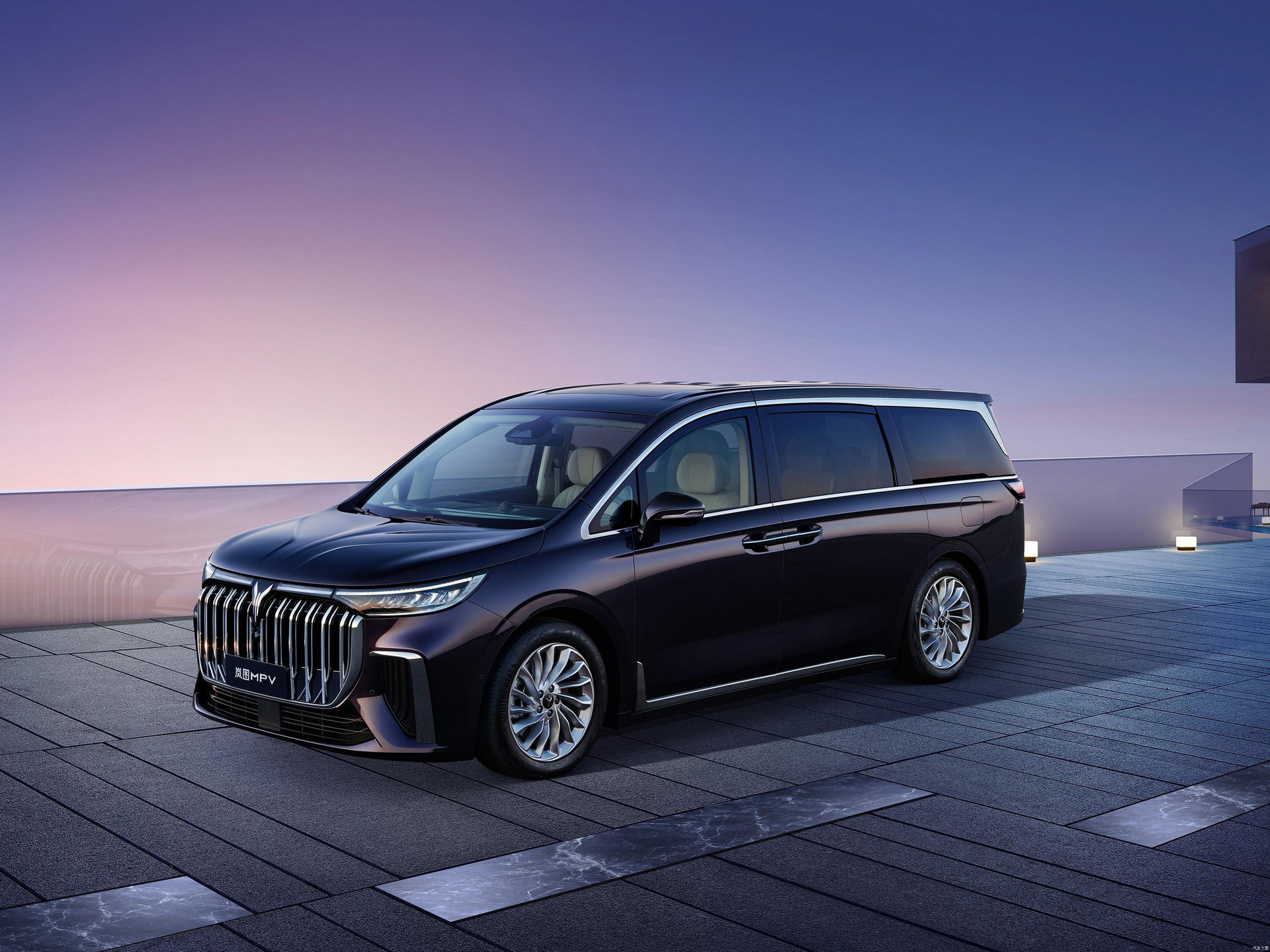Nio is contemplating the introduction of new variants with shorter ranges for its existing models. This strategic move aims to potentially lower the purchasing barrier for consumers, contributing to an expansion in sales, industry sources revealed.
The Ministry of Industry and Information Technology (MIIT) in China recently unveiled a new batch of New Energy Vehicles (NEVs) eligible for vehicle purchase tax reductions. Nio’s eight on-sale models, including the ES8, ES7, ES6, EC7, EC6, ET7, ET5, and ET5 Touring, were listed in the catalog.
See also: Nio Partners with Longi Green Energy for Solar Solutions at Battery Swap Stations
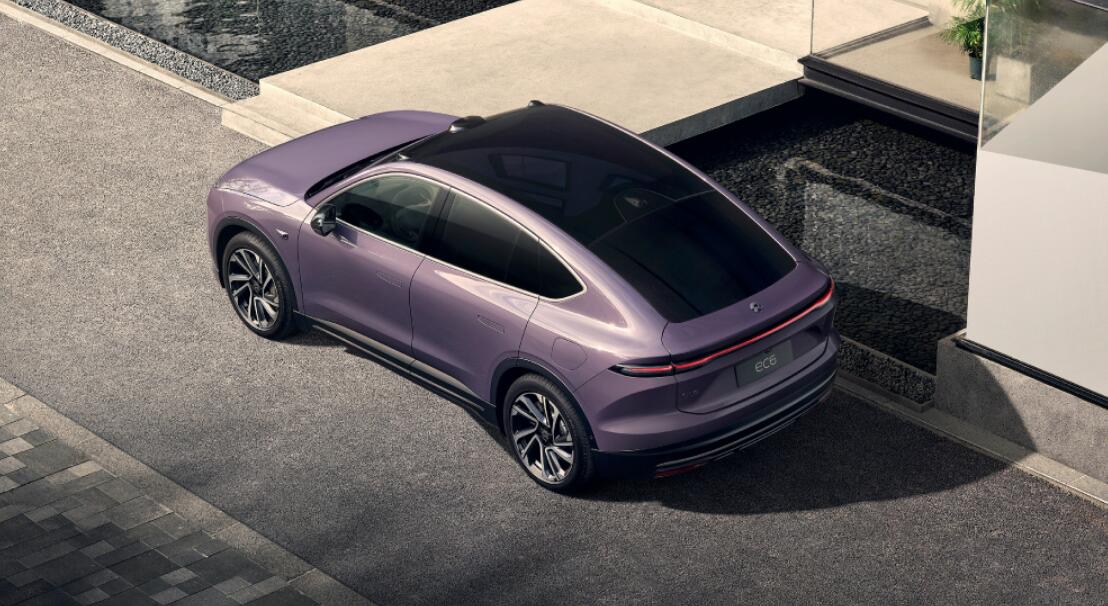
While the battery pack capacities for these models remain consistent at 70-kWh, 75-kWh, 100-kWh, and 150-kWh, new options with substantially lower ranges have been introduced. The 70-kWh and 75-kWh packs serve as standard range options, with the 70-kWh utilizing Li-ion ternary battery cells and the 75-kWh being a hybrid pack launched in September 2021, combining Li-ion ternary battery cells with lithium iron phosphate (LFP) cells.
The long-range 100-kWh pack and the 150-kWh semi-solid-state battery, not yet integrated into the battery swap system, round out the available options.
In the latest MIIT catalog, the ET5, for instance, now features a minimum range of 500 km, an 11 percent reduction from the previous minimum CLTC range. Additionally, the model introduces a 640-km range option and an impressive 1,055-km CLTC range powered by the 150-kWh battery pack.
Similar adjustments are noted across other models, including the ES6, EC6, ET7, ES7, EC7, and ES8, all experiencing reductions in their minimum CLTC ranges.
See also: Nio Introduces Battery Buyout Option for BaaS Customers in China
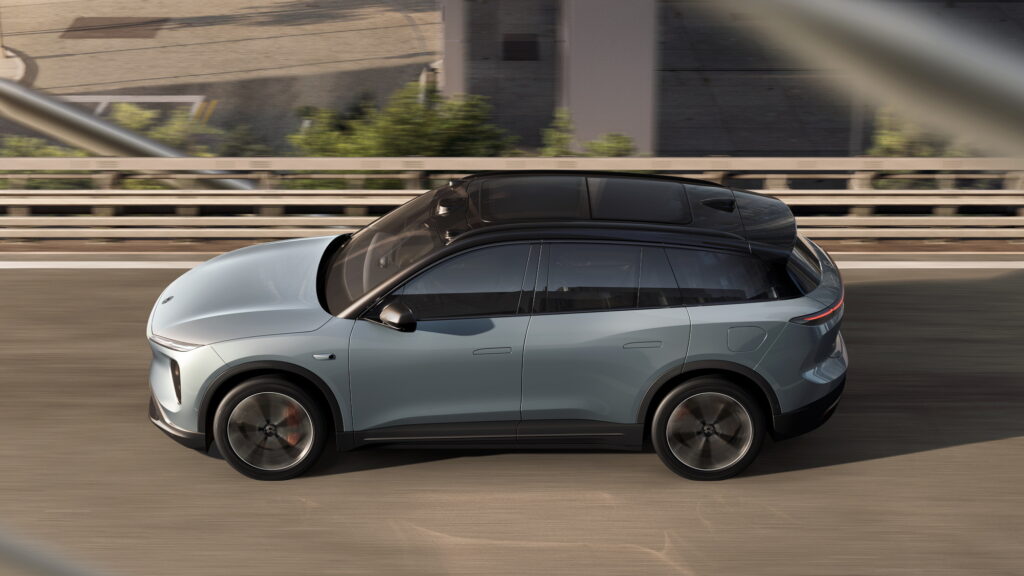
Nio, which recently announced plans to commence deliveries of its 2024 models in March, has yet to disclose specific details. Speculation in local media suggests potential upgrades to the cockpit chip from the Qualcomm Snapdragon 8155 to the Snapdragon 8295 chip.
While adjustments to power performance may result in a shorter CLTC range with the same battery pack, Nio’s current models already boast dual motors with robust performance. The reduction in the minimum CLTC range for all models in the catalog may be indicative of Nio locking in a portion of the range from standard 70/75-kWh range battery packs, potentially influencing both range and pricing.
In the Chinese EV market, where price cuts can sometimes lead to customer dissatisfaction, Nio’s strategy to offer lower barriers to purchase by adjusting battery pack capacities aims to navigate potential challenges and foster consumer acceptance.

